Since it attained independence in 1960, Mali has witnessed several rebellions and periods of instability. Yet, in spite of the complex relations between its various communities, the country was able to use its history to find the necessary motive to maintain its unity within the framework of a certain cultural diversity to guarantee its integrity. However, the crisis of 2012 has brought to the fore the state’s fragility and the serious societal and structural problems facing the Malian society. Today, one thing is clear: it is no longer enough to reduce the crisis to separatist inclinations or schemes pitting the North against the South. To find responses to the Malian crisis, the Malian Institute of Action Research for Peace (IMRAP), in partnership with Interpeace, travelled across Mali and to refugee camps in order for Malians to develop their self-portrait on the obstacles to peace. Presented in this report, the cross-cutting analysis of the issues emerging from the dialogue between Malians highlights four key factors which are considered obstacles to peace. It is intended as an overview of the major challenges and to serve as a basis for a quest for concrete solutions and actions for peace in Mali.
swisspeace | Sonnenbergstrasse 17, P.O. Box, CH-3001 Bern | +41 (0)31 330 12 12 | www.swisspeace.ch | www.koff.ch | Facebook | Twitter | Privacy Policy | Sign up for à propos |

